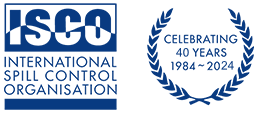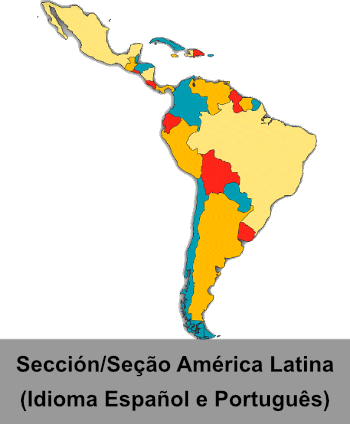Mohanta S., Pradhan B., Behera I.D. (2024) Geomicrobiology Journal, 41 (4), pp. 345 – 359, DOI: 10.1080/01490451.2023.2243925
ABSTRACT: Petroleum hydrocarbons, which are organic molecules consisting of carbon and hydrogen, are found in crude oil. Due to human activities like oil spills, leaking storage tanks, and transportation accidents, they are pervasive environmental toxins. This contamination can have negative consequences on the ecosystem, including soil, water, and air pollution, and agricultural land is not immune. There are several variables that can affect how petroleum hydrocarbons affect agricultural land, including the particular hydrocarbon, the properties of the soil, and the current climatic circumstances. The porosity, permeability, and water-holding capacity of soil have been influenced by petroleum hydrocarbons. This might result in soil compaction, decreased infiltration, and higher runoff, affecting agricultural land production. Hydrocarbons can also impair soil aeration, resulting in anaerobic conditions that can harm the soil microbiome and hinder plant development. Petroleum hydrocarbons can change soil’s pH and nutrient availability, which can affect its chemical characteristics. Through modifications to microbial activity, diversity, and composition, petroleum hydrocarbons can affect the soil’s biological characteristics. Reduced soil fertility and production may result from this. The kind of hydrocarbon, the properties of the soil, and the type of crop are only a few of the factors that affect how petroleum hydrocarbon pollution affects agricultural productivity. Some crops are significantly more susceptible to hydrocarbon contamination than others, which can impact their yield. To limit the spread of petroleum hydrocarbon contamination, a number of physicochemical strategies have been used to the contaminated areas, but this has resulted in significant chemical consumption, high treatment costs, and the production of secondary pollutants that harm the environment. The biological remediation method, on the other hand, makes use of microorganisms or plants to break down or remove toxins from the soil. This review articles focus on the effects of petroleum hydrocarbon pollution on agricultural land and elaborates the remediation methods that may be applied to lessen these effects.





